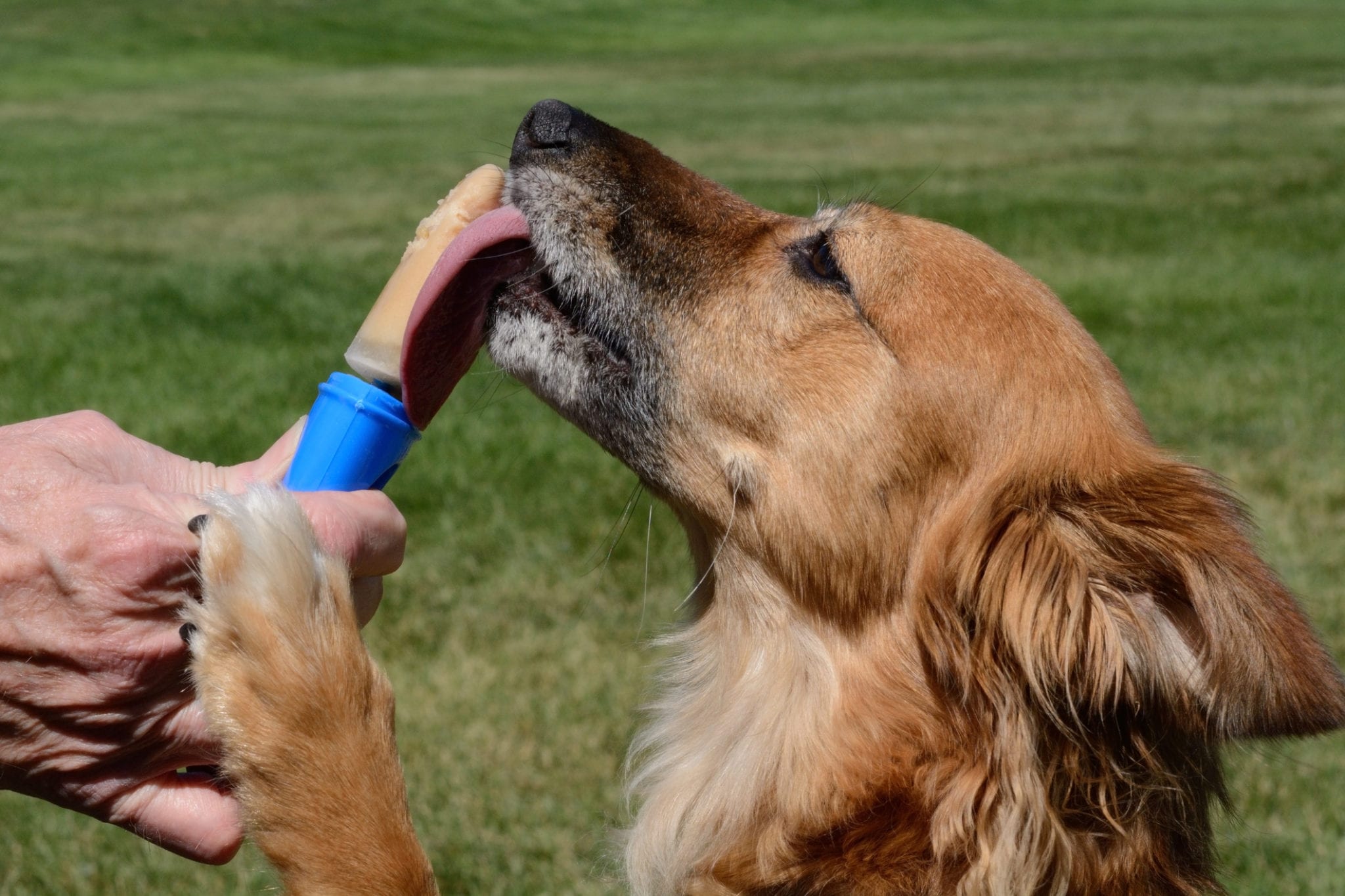
On a recent camping trip to Salida, CO we decided to visit the Royal Gorge Bridge and Park. It was an anxiety-filled day for me, and not simply because I was traversing a suspension bridge thousands of feet above the Arkansas river. It was 100 degrees, and I was diligently wearing my mask. But what really made me sweat was the sight of all the dogs walking across the blacktop of the parking lot only to enter the park which had most of its trees destroyed by fire. There was no shade and not a water bowl in sight. I cringed to ponder how far the nearest veterinary ER was from this location and how quickly heatstroke can affect animals. I grumbled to my husband because I didn’t want to be that veterinarian ruining people’s holiday.
But I wanted to shout across the canyon to everyone who would listen: “Hotdogs in the summer is American as apple pie, but only if they’re made of pork and beef by-products, people!”

Maybe it’s the pandemic raising everyone’s internal temperature, but this summer feels extra hot to me. Now, more than ever, we owe it to our pets to keep them safe, comfortable and healthy this summer. As a hospice and end-of-life veterinarian, senior pets are whom I serve most often, so the following tips are geared towards them, but apply to pets of any age.
Tip #1: Plan walks and trips with doggy comfort in mind.
Senior dogs are at increased risk of heatstroke for a number of reasons. They may be dehydrated which means their evaporative cooling mechanism, panting, is less efficient. They may also have poor circulation, heart conditions and/or respiratory disease so keeping their core temperature low is especially important. If you love brachycephalic breeds like I do (the smush-faced friends like bulldogs, pugs, Boston terriers etc.), please be extra careful in the heat with these breeds and even skip walks altogether if it’s a hot day.
If your senior dog is still enjoying daily walks, take them in the early mornings or after the sun has gone down and avoid the mid-day heat. Choose walks where your dog can walk on grass and avoid hot pavement. If there’s no grass nearby, you can test how hot a sidewalk or blacktop is by placing your own palm or bare foot on it for 10 seconds. If it’s too hot for you, it’s too hot for your dog’s feet, too! If you’re going camping or hiking, consider locations along streams and with plenty of shade. As always, bring bowls and extra water, take breaks and take it easy! Remember that even senior dogs want to please and be with their owners and will push through discomfort to accomplish that. It’s up to us to be mindful of their safety and enjoyment and maybe forgo that 5 mile hike and instead have a picnic by a lake.
 Senior Daschund, Finn, of Bozeman, MT makes a summer walk look extra cool.
Senior Daschund, Finn, of Bozeman, MT makes a summer walk look extra cool.
Heatstroke is a life-threatening condition and a medical emergency. Signs of heatstroke in dogs include stumbling, collapse, vomiting blood and/or bloody diarrhea, muddy-appearing gums or the presence of pinpoint red spots on the gums, aka petechia. If you suspect your dog may be experiencing heatstroke, take them to a veterinary ER immediately and if possible, try to bring their core temperature down on the ride over by applying cool wet towels to their body. Do not submerge dogs in ice water because resultant vasoconstriction may actually decrease heat loss.
Tip #2: Provide a cool sanctuary at home.
If you knew the sweat lodge that is my condo, you would laugh at the hypocrisy of this second tip. But even when the thermometer reads 95/inside/95/outside, I can still provide cool sanctuary for my cats with a little creativity. There are many cooling pads, jackets, collars (such as the ones modeled by Kielbasa, see picture below) and other products to help keep pets cool, but you may have all you need in your freezer right now. A bag of frozen peas, those reusable blue freezer bricks or a ziplock baggie filled with ice might do the trick!
You could even try freezing a wet handkerchief and tying it around your dog’s neck. It’s always a good idea to let pets approach new objects with curiosity and never force them to do or accept novel things right away. This is particularly true with cats, but even cats can surprise you with what may appeal to them. My cats enjoy being wiped down with a washcloth dipped in ice water and they like to lay on a slab of polished marble when it has a cooler brick on it. Bobby, our resident senior cat, prefers to lay on a cooler brick that’s been wrapped in a towel.
Senior Pitbull, Kielbasa, of Fort Collins, CO models both a cooling mat and collar. Foghorn, one of Dr. Mavi’s two non-seniors, enjoys a cooler brick on marble slab. Reusable cooler bricks are ice cold to the touch. Wrapping them in a towel or pillow case creates a softer, cool sensation. Dr. Mavi’s resident senior cat, Bobby, appreciates a towel-swaddled freezer Foghorn (above, orange) and Hazel (black kitty in the next photo)) have both grown to enjoy ice water towel baths on the deck. It usually prompts a self-bathing session afterwards, but then they seem more comfortable.If your senior pet spends time in your backyard, make sure there’s shade and plenty of fresh water.
Tip #3: Cool pets from the inside out.
Pets can and should enjoy popsicles in the summer too! Consider freezing some low-sodium chicken or beef stock in an ice cube tray, just be sure there’s no onion or garlic in the ingredients. Frozen yogurt or pumpkin are great too so long as they don’t contain any artificial sweeteners, such as xylitol.
Cats seem less inclined to enjoy popsicles than dogs, but every pet is an individual. A fun experiment could include freezing canned tuna water or even a few leaves of catnip in water. Encourage senior cats to drink more water by placing multiple bowls around the house and refresh them daily. Talk to your veterinarian about feeding more wet food and less kibble to increase their water intake.

In summary, keeping your senior pets cool in the summer is extremely important and very possible to achieve with awareness, creativity and preparedness. How are you keeping your pets cool this summer?
 Rasputin the Kitten, of Los Angeles, CA is open-minded about ice cubes.
Rasputin the Kitten, of Los Angeles, CA is open-minded about ice cubes.
Written By: Dr. Mavi Graves, Caring Pathways Veterinarian
Dr. Mavi feels that the end-of-life journey is an incredibly sacred and meaningful time to serve pet families and she feels strongly about the importance of letting pets pass away at home. It is an honor to facilitate gentle and peaceful euthanasia experiences and to that end, Dr. Mavi has earned her Fear-Free Certification. Click here to read Dr. Mavi’s full bio.

